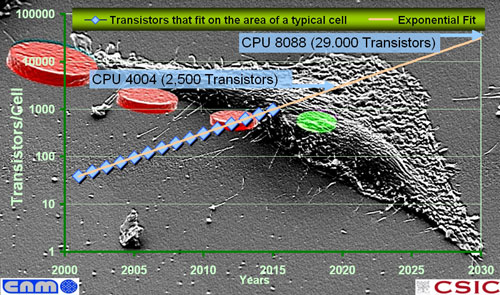The journal NTM: Zeitschrift für Geschichte der Naturwissenschaften, Technik und Medizin is currently running a series of articles about university collections and museums. These articles raise a number of interesting issues, which are otherwise rarely brought up in discussions about the historiography of science, technology, and medicine.
In nr 4/2008, Anke te Heesen (Tübingen) pointed to the often forgotten fact that university collections are an integral part of many fields of university research and teaching; this active role of the collections in these primary functions of the university is therefore an important parameter to take into account when developing acquisition and exhibition agendas for university museums.
In the following issue (nr 1/2009), Christian Sichau (Deutsches Museum in Munich) warned against the rapidly deteriorating political, intellectual, and economic status of traditional curatorial work in collections; this is a serious long-term threat to museums because the current trend towards blockbuster exhibitions and event culture—even in science, technology, and medical museums—undermines the role of the museum as a space for the preservation of the heritage and the acquisition of new artefacts.
In the latest issue (nr 1/2010) Thomas Schnalke (Berliner Medizinhistorisches Museum), largely ignores the question of collections, artefact curating, and new acquisitions in favour of an inspiring discussion about the potentially great role of museum exhibitions in science communication, both internally in the university and externally for a larger general public.
All three authors have long-term experience from the science, technology, and medical museum world. Together, their contributions provide an excellent platform for future discussions about the role of collections in museums in general and in university museums in particular, and therefore I thought I would give my views on these interesting issues (my article will be published in nr 1/2010; a slightly different version of the manuscript is brought on this blog in a series of blogposts in the next two weeks).
I will I restrict myself to an important question brought up by Sichau—and which neither te Heesen nor Schnalke pays much attention to—viz, how science, technology, and medicine museums should handle the problem of new acquisitions. How should they manage the steadily growing output of scientific, technical, and medical artefacts, documents, and images from offices and research laboratories?
Should they at all try to catch up with the perpetual tsunami of potential collection items? Should they try to bring in almost everything, or should they restrict themselves to samples (and if so, what are the rules of the sampling game)? Should they have a global focus or should they concentrate on objects produced and/or used in the local university (and if so what does ‘locally produced’ and ‘locally used’ actually mean in a world with increasingly globalised knowledge and artefact production)? Or should museums let the event logic of their outreach staff determine what to collect, so that they bring in an electron microscope only if an exhibition on microscopy is in the pipeline—and refuse to accept it if the outreach people plan for an obesity show instead?
(to be continued, see here)


 Like most museums, Medical Museion is a member of the
Like most museums, Medical Museion is a member of the  Took me some time to get my memory in order. In fact, last I heard the term ‘social harmony’ was in a Xinhua
Took me some time to get my memory in order. In fact, last I heard the term ‘social harmony’ was in a Xinhua  As a corollary, ‘Museums for Social Harmony’, has also been chosen as the theme for
As a corollary, ‘Museums for Social Harmony’, has also been chosen as the theme for